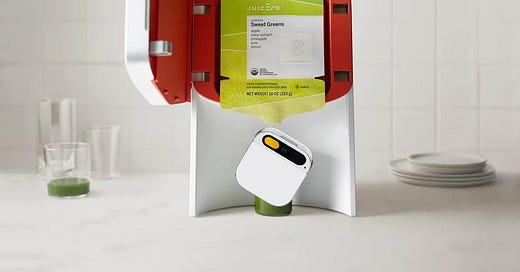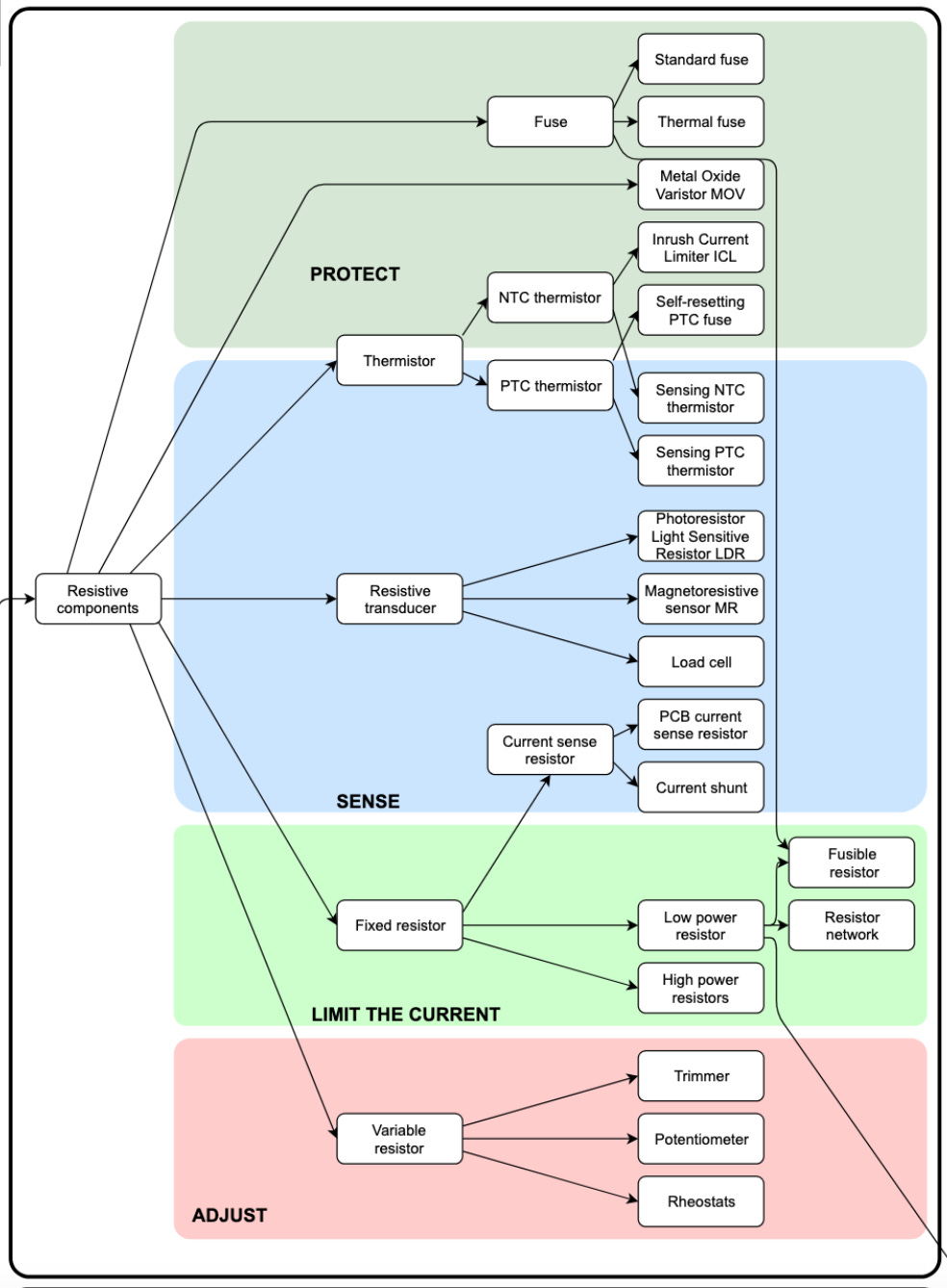Tonight’s event in Irvine is full, but there’s another Engineers and Founders dinner in El Segundo on March 18th! Applications are open – hardware engineers, leaders, founders, and investors are all welcome!
Onshape is offering hardware startups and entrepreneurs free access to Onshape Professional—complete with CAD, rendering, simulation, PDM, and more. Apply for the program to get started today.
Interesting Links 🏭
This series of essays titled “Raising Venture Capital for Hardware” is one of the best operator’s playbooks for anyone looking to start a company. If you’re building something with high capital expenses, the guide helps you understand the game you’re playing and how to stack the odds in your favor. A simple distillation from the VC & founder’s perspective: every investment has to “return the fund,” so a $20M fund writing a $1M check needs a 20X return. The founder’s job is to prove that your product can scale with capital and that you’re the right person to do it. Be clear on whether you’re building a product or a company—products can get funding but it’s unlikely. Companies that succeed build suites of products around a core competency/vision, which is what VCs want to bet on.
In light of the Humane Ai Pin shutting down at the end of this week, the Repository of Ill-Advised Ventures (RIAV) is a personal collection of products that simply failed spectacularly. Does anyone remember the $700 juice presser from Juicero? Or for sports enthusiasts, remember the synthetic composite basketball Spalding introduced in 2006? NBA players widely criticized it, complaining that "the ball just tears [their fingers] apart." HP is buying Humane for $116M—about half of the $230M they raised—with plans to start a new division focused on integrating AI into printers, conference rooms, and PCs.
A former employee posted a short post-mortem last week, which can be broadly summarized as: don’t join a company that won’t tell you what they’re working on or what you’ll be doing.
If we were learning electrical engineering today, we'd hang this chart of electronic components (credits: Davide Andrea) above our desk before taking introductory circuits. It’s too big to fit in a newsletter, but it’s a great mind map that breaks down almost every type of electronic component and where they’re used in practical applications—from mechanical, electromechanical devices, batteries, integrated circuits, passive electronics, and much more.
Massachusetts pioneered Right to Repair in 2012 for the automotive sector, requiring manufacturers to provide consumers and independent mechanics with the same diagnostic tools, service manuals, and parts available to dealerships. Since then, the Right to Repair movement has gained substantial momentum across the United States with all 50 states having introduced related bills, with 24 remaining active. Wisconsin was the latest, pushing a farm equipment bill this month. These laws cover products from agricultural machinery to consumer electronics like smartphones and even powered wheelchairs! They require manufacturers to provide schematics, original parts, software updates, and diagnostic tools at reasonable costs, while banning restrictive practices like parts pairing and EULAs that hinder independent repairs.
Note: Part pairing is the practice of digitally linking a part to a device, so replacements have to be authorized to work. For example, if you replace an iPhone screen without Apple’s authorization, true tone display calibration is disabled even if the screen is genuine.
One of the most famous semiconductor monopolies may one day end (or become a duopoly). Ajinomoto, the Japanese company best known for inventing MSG, controls 90% of the dielectric film market—a material used to separate conductive layers in semiconductor devices. In the 1990s, Ajinomoto leveraged its expertise in amino acids to develop an ultra-thin, cost-effective dielectric film, solidifying its near-monopoly. Thintronics, a Berkeley-based startup backed by the CHIPs Act, is developing a new type of dielectric film to try and unseat Ajinomoto, which has significantly entrenched customer relationships. Details from Thintronics have been rather scant (or thin) since their Series A last year, however they raised a Series A extension last August, are actively hiring, and are working with Lukas Henkel (PCB animation wizard) to develop a custom SiP with their new tech.
If you’re up for traveling, here’s a list of US manufacturing trade shows over the next year.
Sponsored: Cofactr is hosting a webinar (3/05) on navigating tariff regulations and international trade compliance—register here.
Startup News 🚀
Saronic has raised a massive $600M Series C round at a valuation of $4B to manufacture their autonomous surface vehicles (ASVs) at scale. The new round of funding will be used to build Port Alpha, a next-gen. shipyard capable of delivering new classes of medium and large autonomous ships (i.e. small tactical boats and large ships) at scale. The round was led by Elad Gil among participation with existing investors.
A recent clip from the CEO of Anduril went viral for stating “China has 350 times more shipbuilding capacity than the United States.” His statement is largely true—an unclassified US Navy briefing slide puts the number at 230 times. Either way, the gap is staggering.
With tariffs on Chinese imports looming, Apple is opening a 250,000 sq ft manufacturing facility in Texas as part of a $500B investment in the US over the next 4 years. The Houston factory will make servers for Apple Intelligence’s AI features. The announcement also comes with some rare, public photos of their R&D CNC machine shops.
Karman+, a Denver-based startup, has raised $20M in seed funding to develop an autonomous spacecraft for asteroid mining. The company aims to create a vessel capable of traveling to asteroids, mining materials like regolith to extract water, and returning to Earth's orbit to refuel space tugs and extend satellite lifespans. By using off-the-shelf components and advanced autonomous technology, Karman+ believes it can reduce mission costs to $10M or less. The funding round was led by Plural and Hummingbird, with participation from HCVC.
A big week in nuclear:
Maritime Fusion has launched through YCombinator amid a flurry of skepticism and excitement. The startup is planning to bring nuclear fusion technology to the marine industry focusing on both commercial and military applications. This is a big risk for investors, but not a complete pie-in-the-sky fusion upstart. Marine applications have a different tradeoff between cost and break-even which could make a much smaller tokamak (the fusion tech Maritime has chosen) viable. There would also be some regulatory wins due to the absence of fissile materials.
Valar Atomics recently emerged from stealth mode, securing $19M in funding to develop small modular reactors (SMRs) using helium-cooled, high-temperature gas technology. The company’s production model aims to mass-produce SMRs while benefiting from US DOE support through initiatives like the Advanced Reactor Demonstration Program. The seed round was led by Riot Ventures.
In terms of conventional maritime nuclear: Core Power, a UK-based company, plans to mass-produce floating nuclear power plants (FNPPs) off the US coast within the next decade. Using molten salt reactors and modular shipbuilding, the Liberty program aims to bypass lengthy construction timelines by building in shipyards. Orders open in 2028, with commercial operations expected in the mid-2030s. Designed to be compact, safe, and mobile, these FNPPs provide scalable energy for coastal regions, driving 65% of global economic activity.
We featured the Lloyd’s register report last year, which covers the potential for nuclear propulsion in the marine industry.
Refer a Friend, Earn Rewards 🎁
Refer just one friend to Hardware FYI, and we’ll send you our complete database of resources—every design guide, article, white paper, and more.
Open Jobs 💼
Early Career:
Ford is looking for a Structures Engineer (Student Worker Program) in Irvine, CA
Nvidia is looking for a Robotics Research Scientist (New College Grad) in Seattle, WA
Meta is looking for a Hardware Electrical Engineer (University Grad) in Sunnyvale, CA
Mid-Level:
Radical AI is looking for a Mechatronics Engineer in New York, NY
Backbone is looking for an Electrical Engineer & Product Design Engineer in Atherton, CA
Google is looking for a Hardware Power Test Engineer in Sunnyvale, CA
Senior to Staff:
Topanga is looking for a Senior Mechanical Engineer in Los Angeles, CA
Natron Energy is looking for a Senior Electrical Engineer in Santa Clara, CA
Internships:
Core Power is looking for a Naval Architecture Intern in London, UK
Mill is looking for a Product Design Engineering Intern & Systems Engineering Intern in San Bruno, CA
Want to share an exciting role at your company? Reach out here.
Meet our Sponsors:
Quilter uses reinforcement learning to automate circuit board layout for end-to-end PCB design on demand.
Onshape is a cloud-native CAD platform that enables real-time collaboration, built-in version control, and design management for engineering teams.
Dystr is a modern engineering analysis tool built to accelerate your engineering velocity by 10 - 100x.
Doss simplifies your operations by tracking inventory from PO to POS.
Summit Interconnect is a manufacturer of advanced technology printed circuit boards focused on complex rigid, flex and rigid-flex PCBs.
Cofactr is an automated electronic component procurement and inventory management platform.
AllSpice.io is the Git for hardware collaboration platform, connecting native engineering design tools to provide revision control, automation and more.
Looking to get ahead in your career? We offer interviewing resources for engineers!
For all resources available, check out our home page.
Thanks for reading to the end - if you’ve enjoyed the mechanics of these insights, consider sharing this email with a fellow enthusiast!









